Breathtaking backwaters
- POSTED ON: 3 May, 2024
- TOTAL VIEWS: 497 Views
- POSTED BY: Madhuvanti S. Krishnan | Text: Rohini Ramakrishnan
- ARTICLE POINTS: 150 Points
What is a backwater? According to the Oxford dictionary, a backwater is “a part of a river away from the main part, where the water only moves slowly.” It could be a branch of the main river that went off on its own or a part of the river, which was separated due to a barrier like a dam, or a mass of vegetation. Sometimes, a flood on the downstream can also cause a backwater. When separated from a sea or ocean, the backwater is called a lagoon.
In India, we tend to think that backwaters are a form of Nature that only appears in Kerala. While it is true that the backwaters of the southern state are large in number, they are found in other states too.
Sundarbans, West Bengal
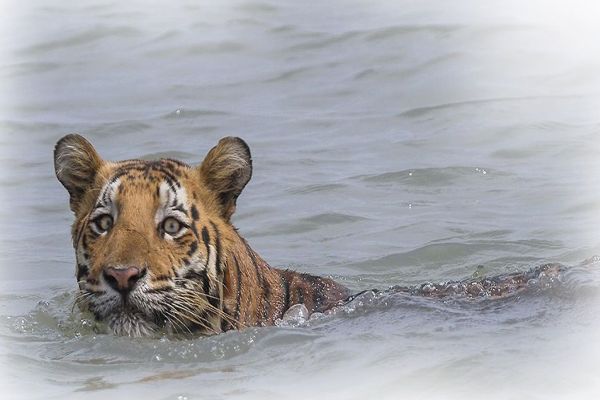
Formed by the confluence of the three rivers — the Ganges, the Brahmaputra and the Meghna — in the Bay of Bengal, the Sundarbans is the largest mangrove forest in the world, with an area of 10,000 sq.km, shared between India and Bangladesh. Home to the Royal Bengal Tiger, saltwater crocodiles and the Gangetic Dolphin, the ecosystem also supports birds, fish, mammals, reptiles and amphibians. A complex network of tidal waterways, mudflats and small islands, all of which are interconnected, ensures that every part can be reached by boat.
Chapora, Goa
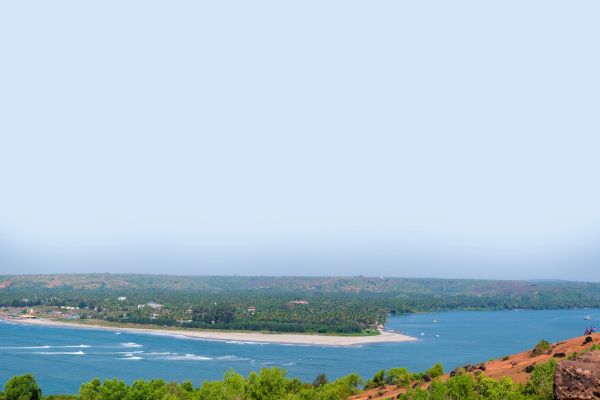
The river, which originates in Ramghat, flows between Pernem and Bardez and joins the Arabian Sea at Chapora. It has a network of creeks, mangroves and backwaters. A houseboat ride along the Chapora backwaters takes you away from the hustle-and-bustle at the beaches. Look for aquatic species such as crabs, frogs, mudskippers, birds such as terns, kingfishers, darters, cormorants and the Black Kite, and animals such as otters and turtles.
Pulicat, Tamil Nadu
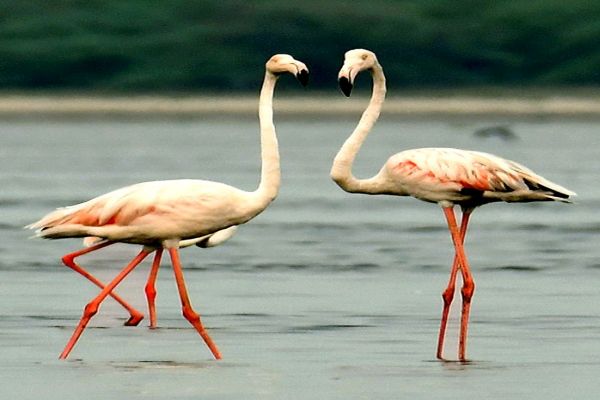
Another brackish water backwater lake between Tamil Nadu and Andhra Pradesh, Pulicat harbours over 100 species of migratory birds and endangered species such as the Indian smooth-coated otter. A birdwatcher’s paradise, several species of wintering waterfowl have been spotted including the bar-headed goose, ruddy shelduck, Eurasian wigeon, common teal, northern pintail, northern shoveller, common pochard, brown-headed gull, black-headed gull, whiskered tern, gull-billed tern and Caspian tern.
Chilika Lake, Odisha
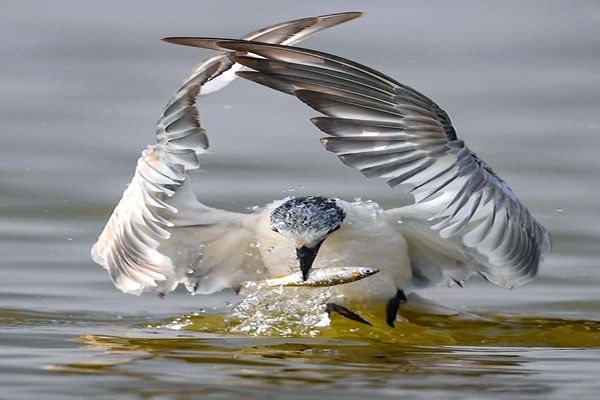
The largest brackish backwater lake in India, Chilika is spread across three districts of the state — Puri, Khurda and Ganjam — and fed by 50 rivers and rivulets. It is the largest wintering ground for migratory waterfowl, some of which come all the way from Siberia. Among the star attractions here is the Irrawady dolphin, the only known population in India. It is also one of the two places in India that sees the arribada, or the mass nesting of turtles.
Honnavar, Karnataka
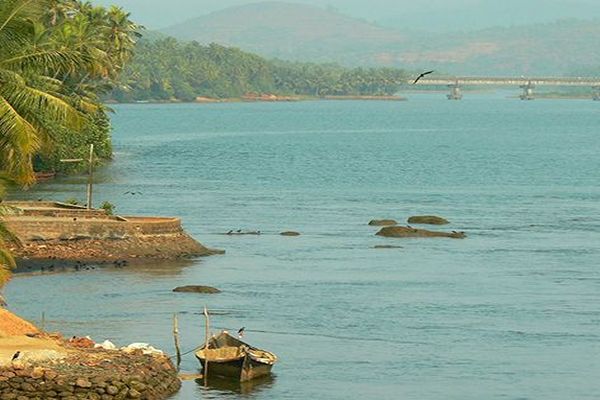
The Sharavati, which rises in the Western Ghats, joins the Arabian Sea at Honnavar. Before its mouth, the river widens to around 230ft and takes a sudden drop of 830 ft, creating the spectacular Jog Fall. With many small riverine islands, Honnavar offers backwater kayaking and many sightseeing opportunities such as Apsarakonda Falls, Sharavati Railway Bridge, the Gudavi Bird Sanctuary and more.
Pichavaram, Tamil Nadu
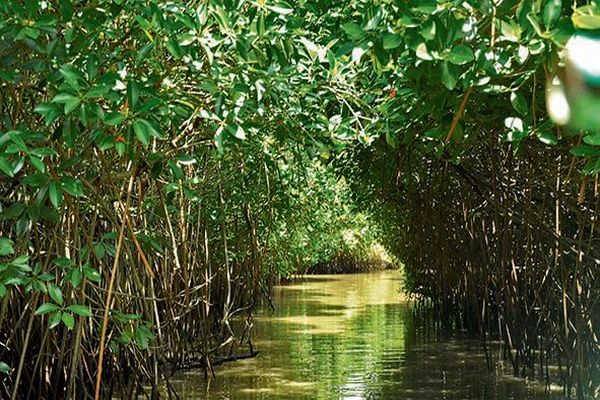
Located in Cuddalore district, between the cities of Chennai and Chidambaram, the Vellar-Coleroon estuarine forms the Killai backwater of which Pichavaram is a part. The mangrove forest in the area attracts migrant and local birds including snipes, cormorants, egrets, storks, herons, spoonbills and pelicans.
Vembanad, Kerala
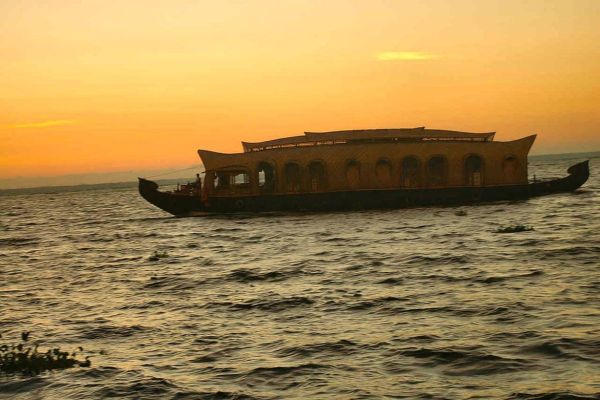
The longest lake in India and the largest in Kerala, the Vembanad backwaters span several districts in the state: Kottayam, Vaikom, Changanassery, Alappuzha, Punnappra, Kuttanadu, and Kochi. A diverse variety of flora and fauna are found here. The lake is home to around 150 species of fish including catla, rohu nanda, mullets, catfish and pearl fish. The lake’s estuarine nature and rich sediment deposits make it a good habitat for shrimp. The area is also famous for its lime shell fishery due to the availability of the black clam. Houseboats take tourists on a tour of the backwaters, some of which are also used as waterways to transport goods and people.
Kuttanad, Kerala
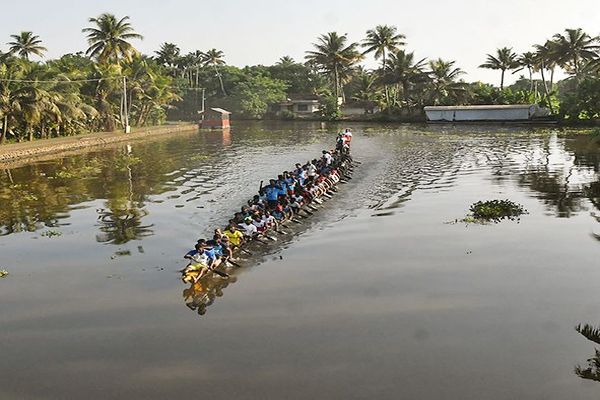
This region covers the Alappuzha, Kottayam and Pathanamthitta districts and is the lowest altitude in India. Four rivers – the Pamba, the Meenachil, the Achankovil and the Manimala – flow in this area and it is one of the few places in the world where biosaline farming occurs below sea level. The Food and Agriculture Organization declared the Kuttanad Farming System as a Globally Important Agriculture Heritage System. The Punnamada backwaters host the famous boat races, known as Vallamkalli.
Ready for a little quiz based on what you have read? Get, set, go.